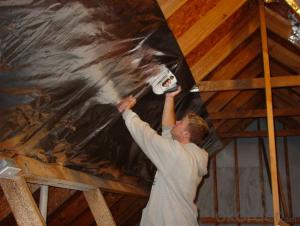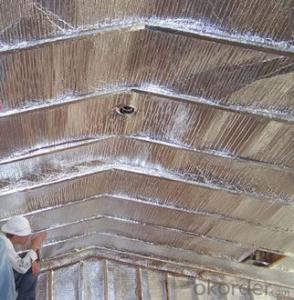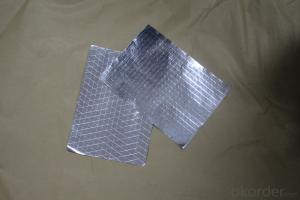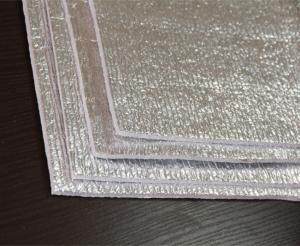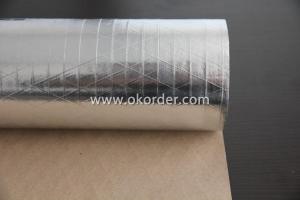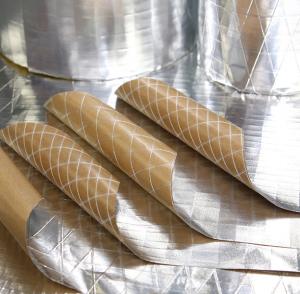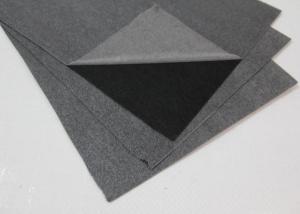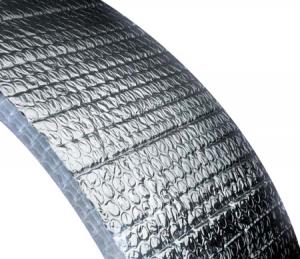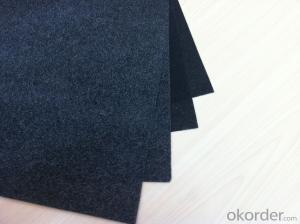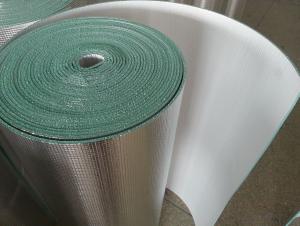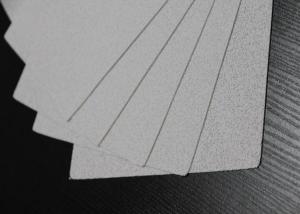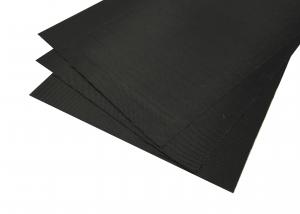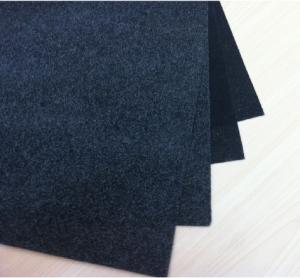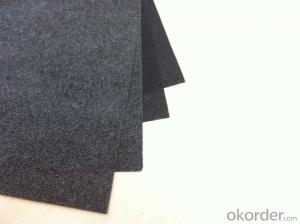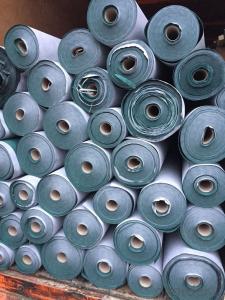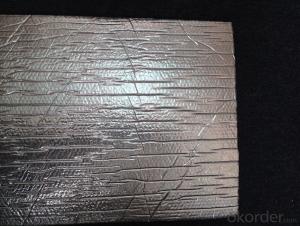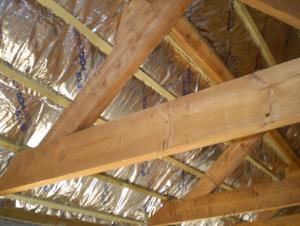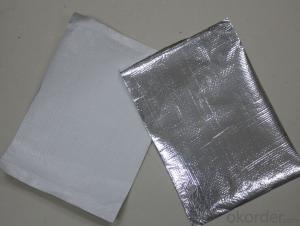flexible ducts bubble save your energy
- Loading Port:
- China Main Port
- Payment Terms:
- TT OR LC
- Min Order Qty:
- -
- Supply Capability:
- -
OKorder Service Pledge
OKorder Financial Service
You Might Also Like
Application:
1,Building Thermal Insulation Material
(1),Roof,Underlay,Under Concrete & floor Insulation;
(2),Attic,Crawl Space,Stud Wall ,Metal Frame Building Insulation.
2,Wrapping
(1),Protective coatings of ventilating pipe,HVAC Duct & Pipe;
(2),Shells of air conditioner and water heater.
Feature:
1), Waterproof, heavy duty, clean, light, flexible, non-absorbent surface
2), Fire resistant & antiglare
3), Recyclable, environmentally friendly
4), Effective in extreme temperatures both hot and cold
5), Easily install, cut, stapled, nailed or glued into place
6), Safe to handle with no special clothing or breathing Equipment
Feature:
1), Waterproof, heavy duty, clean, light, flexible, non-absorbent surface
2), Fire resistant & antiglare
3), Recyclable, environmentally friendly
4), Effective in extreme temperatures both hot and cold
5), Easily install, cut, stapled, nailed or glued into place
6), Safe to handle with no special clothing or breathing Equipment

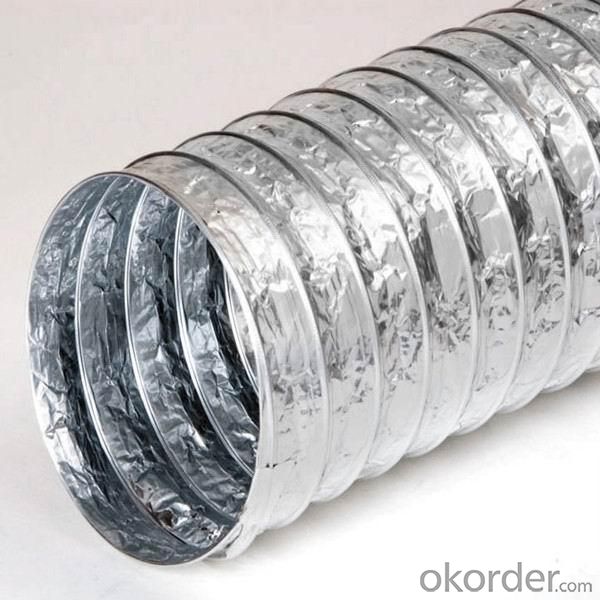


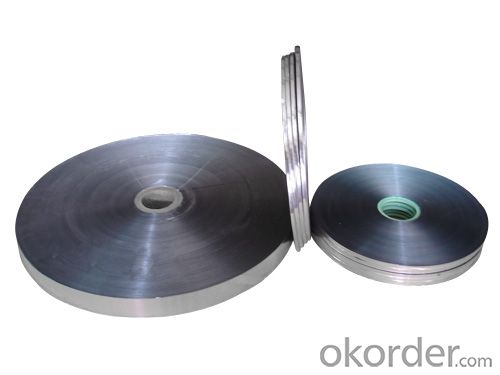


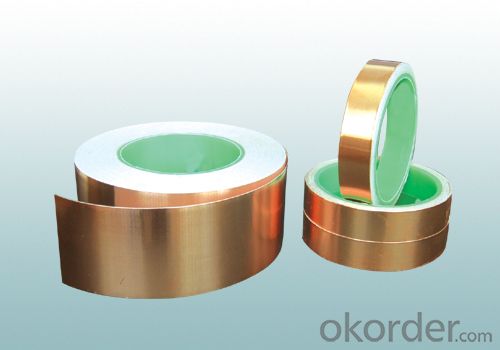
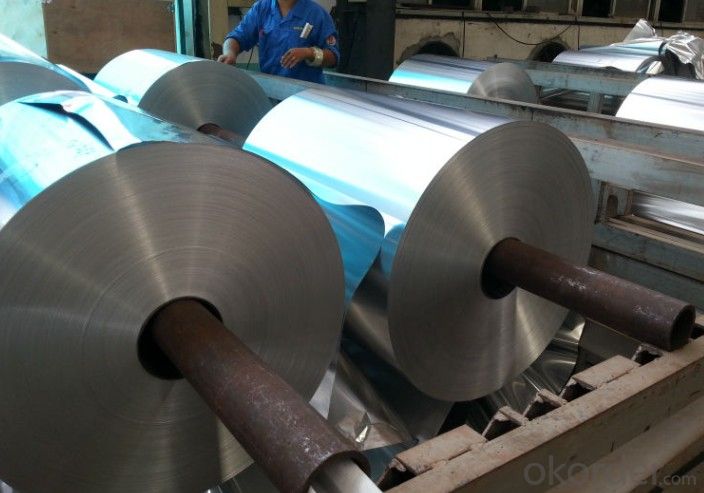

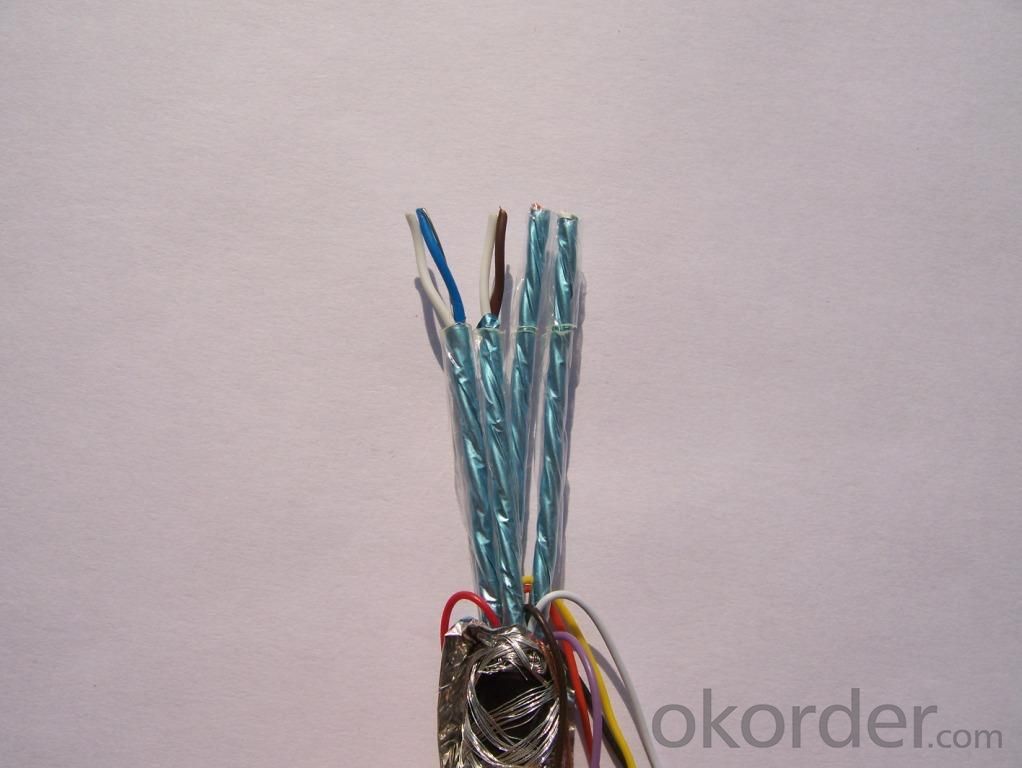
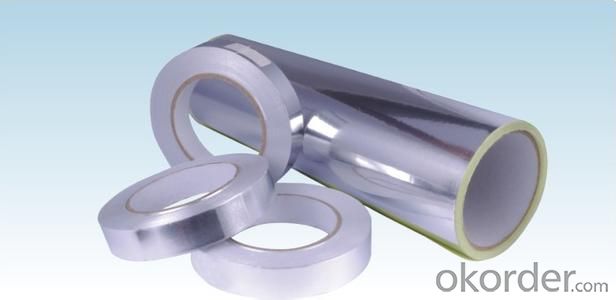
- Q:What is the typical thickness of fiberglass facing?
- The typical thickness of fiberglass facing ranges from 0.2 to 1.0 millimeters.
- Q:Can fiberglass facing be used in both residential and commercial buildings?
- Yes, fiberglass facing can be used in both residential and commercial buildings. Fiberglass facing is a versatile material that offers several benefits such as thermal insulation, moisture resistance, and soundproofing. These qualities make it suitable for various applications in both residential and commercial settings. In residential buildings, fiberglass facing can be used in insulation products for walls, ceilings, and attics, helping to improve energy efficiency and reduce heating and cooling costs. It can also be used in residential HVAC systems to improve air quality and reduce noise transmission. In commercial buildings, fiberglass facing can be used in insulation products for walls, roofs, and HVAC ductwork, providing similar benefits as in residential settings. Additionally, fiberglass facing can be used in commercial acoustic panels and soundproofing systems to reduce noise levels in offices, conference rooms, and other commercial spaces. Overall, fiberglass facing is a versatile material that can be effectively used in both residential and commercial buildings to enhance insulation, moisture resistance, and soundproofing properties.
- Q:What are the benefits of using fiberglass facing?
- There are several benefits of using fiberglass facing in various applications. Firstly, fiberglass facing offers excellent strength and durability, making it highly resistant to cracking, warping, and other forms of damage. This makes it ideal for use in construction and structural applications where strength and longevity are important factors. Additionally, fiberglass facing provides excellent thermal insulation properties. It has a low thermal conductivity, meaning it can effectively prevent heat transfer and maintain a consistent temperature in both hot and cold environments. This makes it a popular choice for insulation in buildings, HVAC systems, and other applications where energy efficiency is a key consideration. Another advantage of fiberglass facing is its resistance to moisture and corrosion. It is non-porous and does not absorb water, making it highly resistant to mold, mildew, and rot. This makes it a suitable material for use in damp or humid environments, such as bathrooms and kitchens. Furthermore, fiberglass facing is lightweight and easy to handle, making it convenient to install and transport. It can be easily cut and shaped to fit various surfaces and configurations, allowing for flexibility in design and installation. Its lightweight nature also reduces the strain on supporting structures, making it a cost-effective choice for construction projects. Lastly, fiberglass facing is available in a wide range of sizes, thicknesses, and finishes, allowing for customization to meet specific project requirements. It can be coated or laminated with different materials to enhance its performance, such as adding a vapor barrier or reflective surface. This versatility makes it suitable for a variety of applications in industries ranging from construction to transportation. In summary, the benefits of using fiberglass facing include its strength and durability, thermal insulation properties, resistance to moisture and corrosion, lightweight nature, and customization options. These advantages make it a popular choice in various industries where these characteristics are valued.
- Q:Are there different types of fiberglass facing available?
- Yes, there are different types of fiberglass facing available. Fiberglass facing is a material used in various applications, such as insulation, construction, and automotive industries. It is available in different forms and configurations to suit specific needs and requirements. One common type of fiberglass facing is the woven fiberglass fabric. It is made by weaving fine strands of fiberglass together, creating a strong and durable material. Woven fiberglass fabric is commonly used in applications requiring high strength and resistance to heat and chemicals. Another type is the chopped strand mat (CSM), which consists of short strands of fiberglass randomly dispersed and held together by a binder. CSM is often used in applications where ease of handling and conformability are important, such as in boat building and automotive parts manufacturing. Fiberglass facing can also come in the form of non-woven fabrics, which are made from randomly oriented fibers bonded together. Non-woven fiberglass fabrics are commonly used as a reinforcement material in roofing, flooring, and insulation applications. Additionally, fiberglass facing can be found in the form of fiberglass sheets or panels. These are pre-formed, rigid panels made from fiberglass materials, often used for insulation purposes in buildings and industrial settings. Overall, the availability of different types of fiberglass facing allows for versatility and flexibility in choosing the most suitable material for specific applications, taking into consideration factors such as strength, durability, conformability, and ease of handling.
- Q:Does fiberglass facing require regular maintenance?
- No, fiberglass facing does not require regular maintenance.
- Q:Can fiberglass facing be painted or customized?
- Yes, fiberglass facing can be painted or customized. Fiberglass is a versatile material that can be easily painted using various types of paint, such as acrylic or oil-based paint. Before painting, it is important to properly prepare the surface by cleaning it and removing any dirt or debris. Additionally, it is recommended to use a primer to improve adhesion and ensure a smooth finish. Once the primer is dry, you can apply the desired paint color or customize the fiberglass facing using stencils, decals, or other decorative techniques. However, it is essential to use paint and materials that are suitable for outdoor use if the fiberglass facing will be exposed to harsh weather conditions. Overall, with the right preparation and paint, fiberglass facing can be painted or customized to meet your specific aesthetic preferences or design requirements.
- Q:How is fiberglass facing installed?
- Installing fiberglass facing typically involves a few simple steps. Firstly, ensure that the surface where the fiberglass will be placed is clean, dry, and free from any dust or debris. This is important to ensure that the facing adheres properly. Next, carefully unroll the fiberglass facing and cut it to the desired size, leaving some extra material on each side for complete coverage. Position the facing over the surface and firmly press it down, starting from the center and moving towards the edges. To securely hold the fiberglass facing in place, apply adhesive or adhesive tape along the edges to create a tight seal. Smooth out any wrinkles or air bubbles that may have formed during installation. In certain situations, mechanical fasteners like staples or nails may be necessary to further strengthen the fiberglass facing, especially in areas prone to high impact or requiring extra reinforcement. Overall, installing fiberglass facing is a relatively straightforward process that demands attention to detail and proper surface preparation. By following these steps, you can ensure a successful installation that offers durability and protection.
- Q:Is fiberglass facing resistant to moisture or water damage?
- Fiberglass facing, indeed, possesses remarkable resistance against moisture and water damage. This exceptional property arises from the composition of fine glass fibers interwoven to form a robust and enduring material. Absent any capacity to absorb moisture, these fibers bestow upon fiberglass facing a high degree of resilience, rendering it especially suitable for environments prone to water or moisture exposure, like bathrooms, kitchens, and outdoor spaces. Moreover, its resistance to mold and mildew growth further heightens its ability to endure moisture.
- Q:Are there any health concerns associated with fiberglass facing?
- Yes, there are health concerns associated with fiberglass facing. Fiberglass is made up of tiny fibers that can become airborne when disturbed, such as during installation or removal. Inhalation of these fibers can irritate the respiratory system and cause symptoms like coughing, chest tightness, and difficulty breathing. Prolonged exposure to fiberglass fibers can also lead to a serious lung condition called fibrosis, where the lung tissues become scarred and stiff. Additionally, fiberglass can cause skin irritation and allergic reactions when it comes into direct contact with the skin. The small fibers can penetrate the skin, leading to itching, redness, and rash. To minimize the health risks associated with fiberglass, it is important to take precautions when working with it. This includes wearing protective clothing, gloves, goggles, and a respirator to prevent inhalation of the fibers. It is also crucial to properly clean up any fiberglass dust or debris to avoid further exposure. If you suspect that you have been exposed to fiberglass and are experiencing persistent respiratory or skin symptoms, it is recommended to seek medical attention for proper evaluation and treatment.
- Q:What is the lifespan of fiberglass facing?
- The lifespan of fiberglass facing can vary depending on a few factors such as the quality of the material, the environment it is exposed to, and how well it is maintained. However, on average, fiberglass facing can last anywhere from 20 to 30 years. With proper care and maintenance, it is possible for fiberglass facing to last even longer. Regular cleaning, avoiding harsh chemicals or abrasive cleaners, and protecting it from excessive sunlight and extreme temperatures can help prolong its lifespan.
1. Manufacturer Overview |
|
|---|---|
| Location | |
| Year Established | |
| Annual Output Value | |
| Main Markets | |
| Company Certifications | |
2. Manufacturer Certificates |
|
|---|---|
| a) Certification Name | |
| Range | |
| Reference | |
| Validity Period | |
3. Manufacturer Capability |
|
|---|---|
| a)Trade Capacity | |
| Nearest Port | |
| Export Percentage | |
| No.of Employees in Trade Department | |
| Language Spoken: | |
| b)Factory Information | |
| Factory Size: | |
| No. of Production Lines | |
| Contract Manufacturing | |
| Product Price Range | |
Send your message to us
flexible ducts bubble save your energy
- Loading Port:
- China Main Port
- Payment Terms:
- TT OR LC
- Min Order Qty:
- -
- Supply Capability:
- -
OKorder Service Pledge
OKorder Financial Service
Similar products
New products
Hot products
Hot Searches
Related keywords
